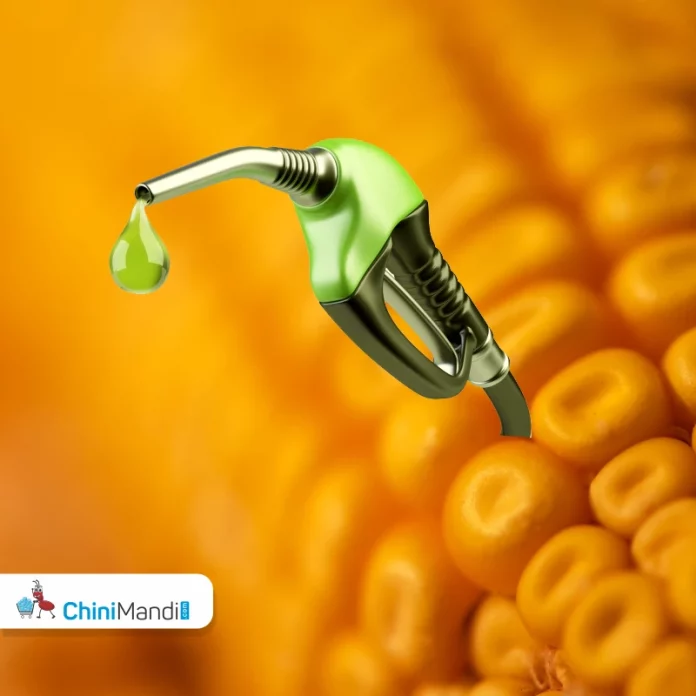Maize is increasingly becoming a crucial crop in India, driven by a surge in demand for poultry and cattle feed, starch production, potable alcohol, and ethanol for fuel blending. As per the opinion piece written by Shweta Saini (CEO, Arcus Policy Research) for Deccan Herald, currently trading at around Rs 23 per kg, maize prices have surpassed the minimum support price (MSP) of Rs 20.9 per kg, reflecting a 20 per cent increase from last year’s Rs 19.4 per kg. Despite the domestic price hike, global maize prices remain lower. For instance, duty-free non-GMO maize from Myanmar is priced at Rs 26.8 per kg in South Indian warehouses, compared to around Rs 30 per kg for Indian maize. This price disparity has led to a significant increase in maize imports, reaching 0.54 million metric tonnes (MMTs) for the marketing year 2023-2024 (October to June)—the highest import level since 2000.
The critical question arises whether this import surge represents a temporary fluctuation or signals a deeper structural shift in the maize market. According to opinion piece, the dynamics of India’s maize balance sheet shows that the country produces and consumes around 36-37 MMTs of maize annually (2023). The feed industry is the largest consumer, using about 60 per cent of the total maize, with large portions going to poultry and cattle feed. The starch industry consumes around 14 per cent, and the food processing sector uses about 7 per cent.
India’s maize exports were historically minimal, averaging between 0.5-1.2 MMTs annually until 2020-2021, when exports surged to about 3-4 MMTs per year. The export figure was further impacted by the diversion of approximately 0.8 MMTs of maize for ethanol blending in 2022-2023.
The recent El Niño-induced weak monsoon has adversely affected maize production, which dropped to 35.67 MMTs in 2023-2024 from 38.09 MMTs the previous year. Other crops such as sugarcane, cotton, and soybeans also experienced declines. The government’s E20 mandate, which aims for 20 per cent ethanol blending with fuel, has further increased maize demand. Consequently, about 5.5 MMTs of maize are expected to be used for ethanol production (In ESY 2023-2024), tightening supply and driving up prices.
Shweta Saini noted that this scenario has led to a notable increase in maize acreage, driven by higher profits and government encouragement for crop diversification. By August 2024, maize acreage had risen by 5.3 per cent compared to the previous year. The projected increase in maize cultivation and improved yields could potentially ease the tight maize balance in India. If the country meets its target of cultivating 8.9 million hectares this year, maize production could reach up to 40 MMTs for the 2024-2025 crop year.
While the current rise in maize imports and price fluctuations may not indicate a structural shift, improving crop yields remains a significant challenge. Shweta Saini highlighted that expanding the use of high-yielding variety seeds could boost maize production by an additional 5-7 MMTs annually. Given maize’s climate resilience and lower water requirements compared to rice, it presents a promising alternative for farmers and supports the government’s crop diversification goals.













Very informative about Maize